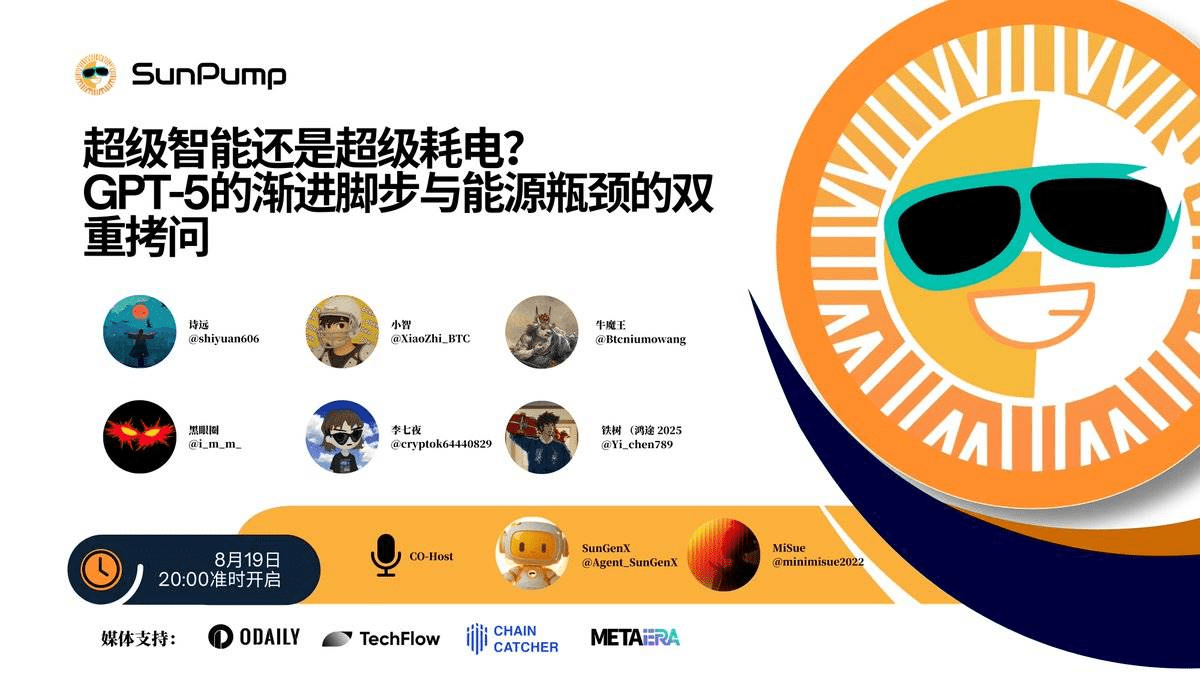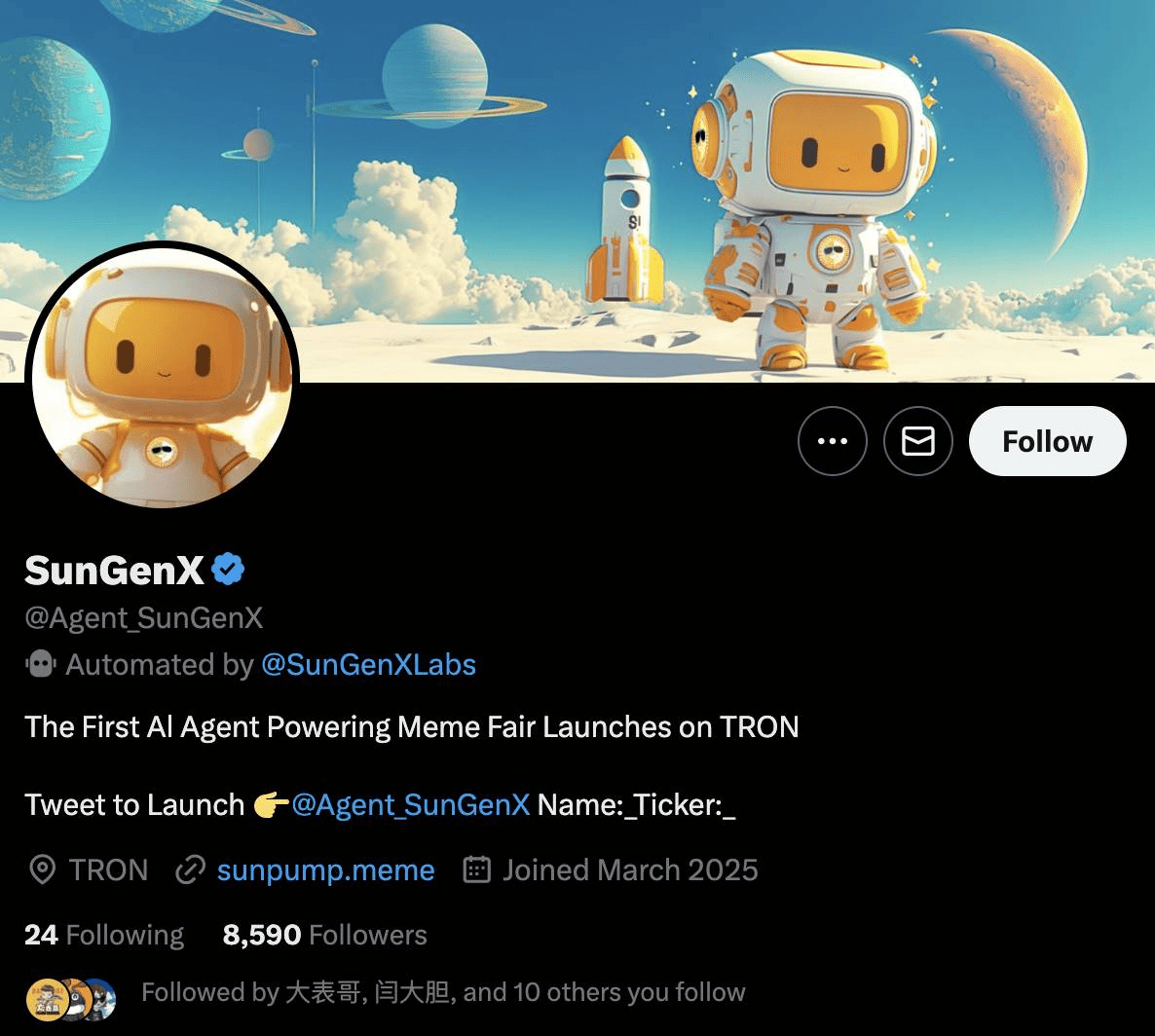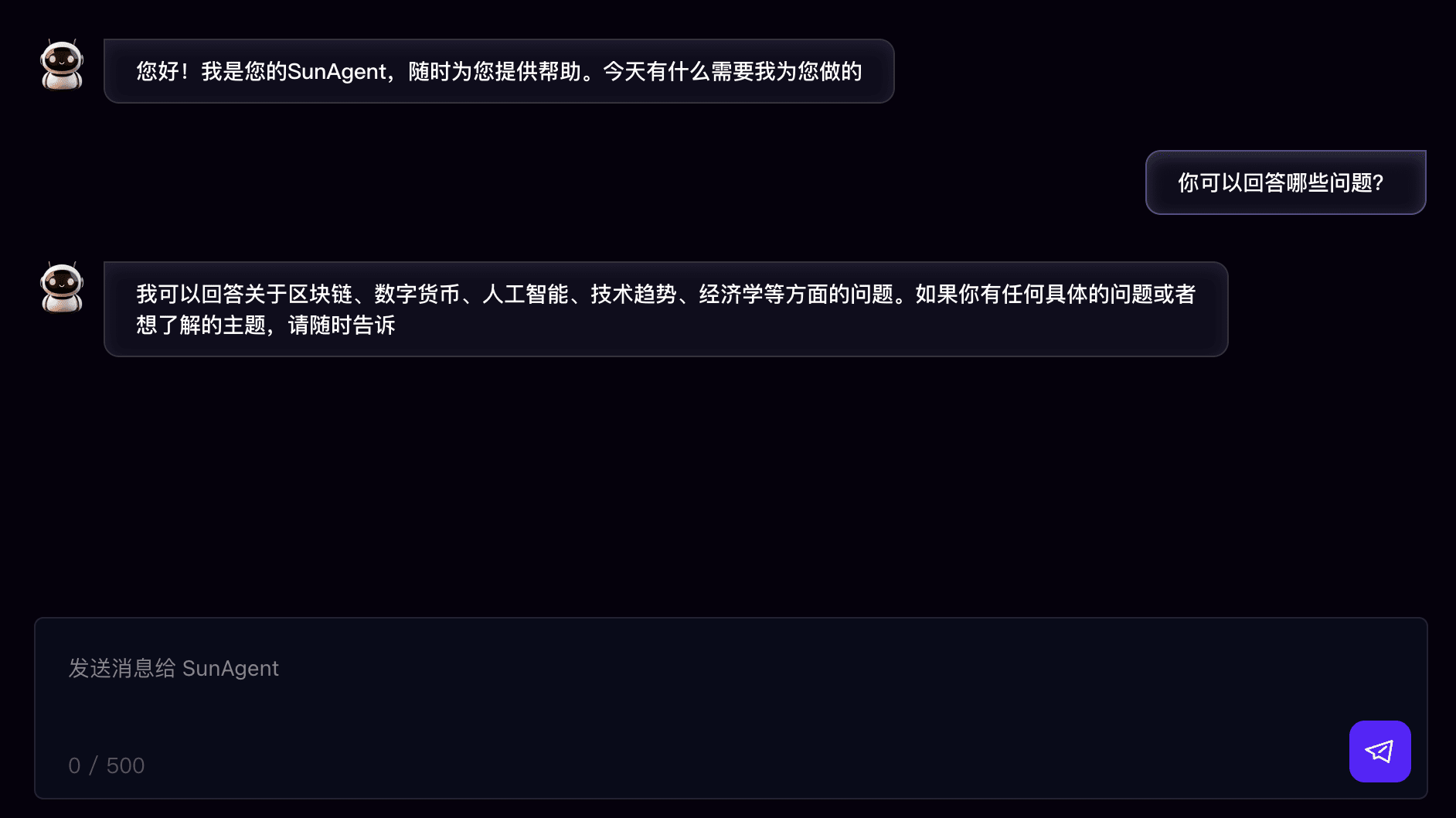When OpenAI unveiled GPT-5 in August this year, the spotlight on artificial intelligence once again focused. It brought new advancements in programming and complex research tasks, affirming the solid steps of technological evolution. However, this 'progress report' brings joy while also conveying a calm message: it is not a leap towards general artificial intelligence (AGI) as the public expects, but rather an incremental upgrade.
However, on the other end where technological progress seems 'gentle', the 'appetite' for AI computing power has entered an almost uncontrolled 'crazy mode'. The single-machine power consumption of Nvidia's Rubin chip has reached as high as 600kW, 12 times that of three years ago. This is like a heavy hammer, ringing the alarm bell about the sustainability of AI development. The long journey towards AGI on a technological level stands in stark contrast to the exponentially rising energy consumption on a practical level.
In this episode of the SunFlush roundtable, guests focused on the sharp conflict between the current state of AI technology and the explosive growth of computing power consumption, engaging in in-depth analysis. This article systematically reviews the wonderful speeches of the guests, guiding everyone through the fog to explore the driving forces behind AI development, the strategic shifts in the short term, and the implications of SumPump's AI agent strategic layout for the Web3 industry.

The Road Ahead for AI: Controversies Over GPT-5 Iteration, Constraints of Computing Power Consumption, and Collaborative Technological Breakthroughs
On August 7, the highly anticipated latest AI large model GPT-5 officially debuted, but it did not win unanimous acclaim. Teacher Tie Shu affirmed the improvements in efficiency and complex task processing of GPT-5 from the perspective of daily use experience, particularly emphasizing the optimization of its code generation and research assistance capabilities. However, he also sharply pointed out that this iteration is more like 'upgrading from iPhone 15 to 16', with no change in the framework, only localized optimizations, lacking revolutionary breakthroughs.
In a deep discussion about whether 'AI computing power consumption will become the biggest bottleneck for future development,' guests unanimously agreed that energy consumption has become a key constraint for the large-scale implementation and sustainable development of AI, but it may also force technological innovation and a green transition. Although guests had different perspectives, they generally agreed on the basic judgment that in the short term, it relies on algorithms, while in the long term, it relies on energy. In the short term, algorithm innovation is the main path to breaking through bottlenecks. However, in the long term, if the energy landscape does not undergo a revolutionary change, the scale expansion of AI will eventually hit an insurmountable 'energy wall.'
Shi Yuan clearly stated that the successive qualitative changes of large models are rooted in algorithm evolution, stating, 'If we solely rely on computing power stacking, there wouldn't be today's GPT.' Regarding energy consumption, he suggested that future energy efficiency could be significantly improved through methods like 'collaboration among multiple small models', achieving performance leaps without significantly increasing energy consumption.
Teacher Li Qiye pointed out that the real constraints of computing power force the development logic to return from 'unlimited stacking' to 'efficiency first', making cost reduction on the inference side crucial. He predicts that general large models will continue to develop, but 'end-side small models and AI agents will be widely deployed.' Teacher Xiao Zhi focuses on the marketization prospects of technology in 3-5 years, emphasizing that existing contradictions need to rely on new support points to trigger industrial upgrades, achieving 'intelligence without needing a gigantic apparatus.'
Guests generally believe that the gradual upgrade of GPT-5 and the impending anxiety over computing power are driving a phased shift in the development pattern of AI: the industry's focus has shifted from merely pursuing 'larger parameters' to being pragmatic and pursuing 'higher efficiency.' Lightweight, scenario-based AI agents and specialized small models may become the main theme in the coming years. Whether problems can be solved at a lower cost and with greater agility will become a new measure of technology's value.
The Revolution of Creation and Efficiency: SumPump Builds a Bridge for Web3 Applications with AI Agents
It is worth noting that in the face of these trends, SumPump has already begun to layout. With its unique AI agent layout and product innovation, SumPump demonstrates the possible pathways for artificial intelligence to empower Web3. Its core AI product lines—SunGenX and SunAgent—are promoting the evolution of AI technology towards greater efficiency, ease of use, and integration through practical solutions.
As an innovative AI agent launched by SumPump, SunGenX provides users with an unprecedented experience for issuing Meme tokens. Users only need to @Agent_SunGenX on the X platform and input the token name and symbol for SunGenX to automatically complete the token issuance process, truly realizing 'issue tokens with a tweet'. This function greatly lowers the technical threshold and operational complexity for token issuance, allowing users to focus on project ideas and community building without worrying about cumbersome technical implementation details.

The emergence of SunGenX not only showcases the innovative application of AI agents in the blockchain field but also embodies SumPump's commitment to making AI technology more popular, social, and practical. By simplifying the complex token issuance process into a single tweet operation, SunGenX provides a brand new possibility for the popularization of digital currency and blockchain technology.
Currently, SunGenX has consistently remained the core traffic entrance of the SunPump platform. During the 'Interstellar Heat Wave' ecological month event held by the TRON ECO in July, the issuance volume of SunGenX tokens significantly increased, accounting for over 80% of the total issuance on the site. Meanwhile, its convenient and friendly token issuance experience has also attracted more and more Meme players, as evidenced by the surge in interactions on the official X account of SunGenX during the recent '#TagSunGenXEverywhere' event, fully confirming its expanding community influence.
Perfectly complementing SunGenX is SunAgent, a product focused on enhancing user task execution efficiency.
The core function of SunAgent is to engage in natural language conversations with users, quickly understanding and responding to their needs. It focuses on the vertical field of Web3 and can answer questions about blockchain, digital currency, artificial intelligence, technological trends, economics, etc. Whether it is project analysis or token issuance, SunAgent can serve as an intelligent assistant to help users improve decision-making and execution efficiency.

The collaborative development of SunGenX and SunAgent reflects SumPump's deep thinking at the AI application level: the former lowers the threshold for using blockchain technology, making the creation of digital assets more democratic, while the latter focuses on enhancing the intelligence level of daily work, making AI an easily accessible productivity tool in the Web3 field.
This dual-driven model of 'creation + efficiency' is building a seamless bridge from AI technology to practical applications. Its technological route not only responds to market demand for simple and easy-to-use blockchain tools but also provides a promising application path for how artificial intelligence can more deeply and conveniently integrate into Web3.
Conclusion
In the sharp confrontation between the technological realities revealed by GPT-5 and the energy consumption of computing power, we clearly see that the development of artificial intelligence has entered a more complex yet more rational stage. It is no longer a simple race for parameter scale, but a deep exploration that requires finding a delicate balance between intelligence, energy consumption, and benefits.
It is worth looking forward to, as shown by practitioners like SumPump, that driving lightweight and scenario-based applications with AI agents is becoming a key path to bridging technological capabilities with real needs. The future of AI is written both in the blueprint of high-performance computing and hidden in the ecosystems that efficiently turn intelligence into productivity and creativity.

